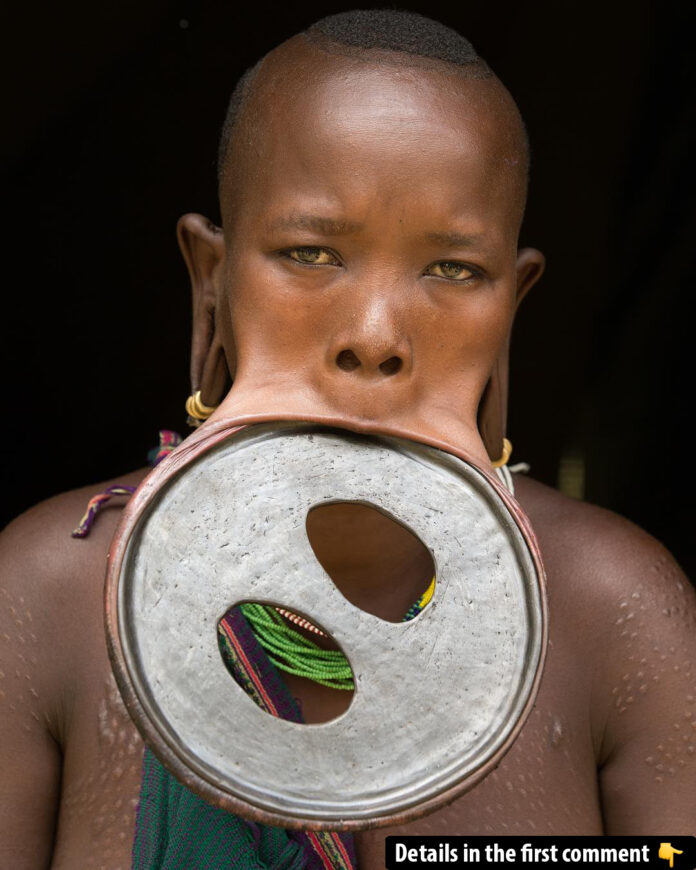Ethiopia is a land of diverse cultures and traditions, where ancient customs intertwine with the rhythm of modern life. Among the country’s many cultural treasures are the Surma and Mursi tribes, known for their unique and fascinating traditions. These tribes, located in the Upper and Lower Omo Valley, respectively, are among the last African groups to practice the ancient art of wearing lip plates. Through this article, we will explore their history, significance, and how these traditions are preserved in a changing world.
The Suri and Mursi Tribes: Who Are They?

The Suri Tribe resides in the Upper Omo Valley, a remote and mountainous region near the South Sudan border. The Mursi Tribe, closely related to the Suri, inhabits the Lower Omo Valley within the Mago National Park, near the town of Jinka. Despite sharing a cultural heritage, the geographical separation and challenging terrain between these tribes have resulted in distinct practices.

The Suri Tribe, less accessible to tourists, is cherished by photographers for their creative styling and willingness to engage. On the other hand, the Mursi Tribe receives more visitors due to their proximity to popular tourist hubs, making their villages a hotspot for cultural exploration.

Video
Discover the fascinating tradition of extreme lip plates worn by Suri women – watch the Tribe with Bruce Parry video to learn more about this unique cultural practice!
Lip Plates: A Symbol of Beauty and Identity
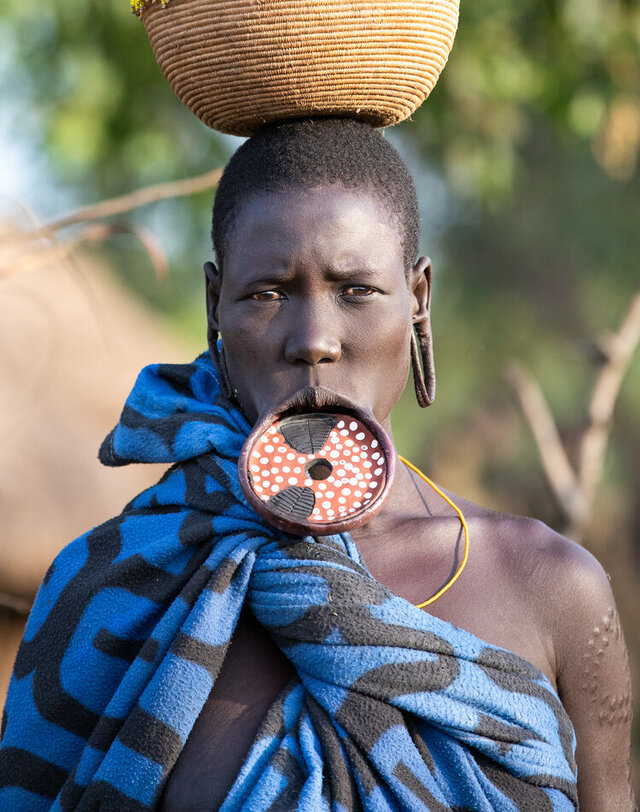
Lip plates are the hallmark of the Suri and Mursi women. This tradition, deeply rooted in history, is believed to have originated as a defense mechanism against slave traders, disfiguring women to make them less desirable. Over time, the lip plate evolved into a revered symbol of beauty, fertility, and identity.
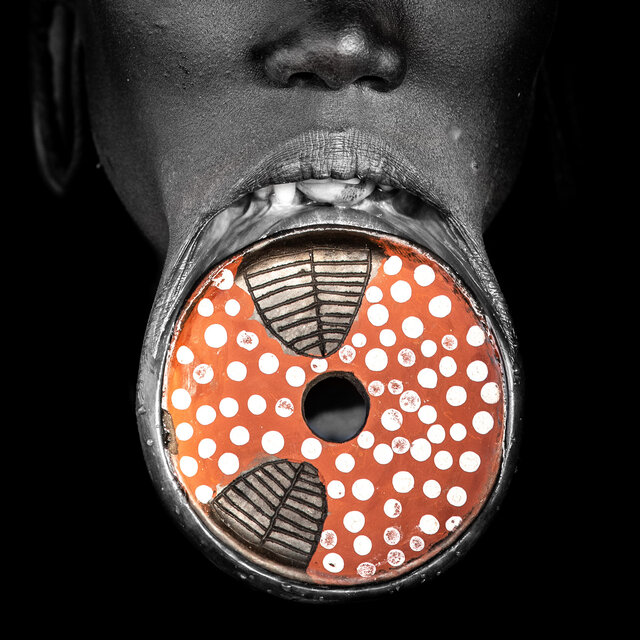
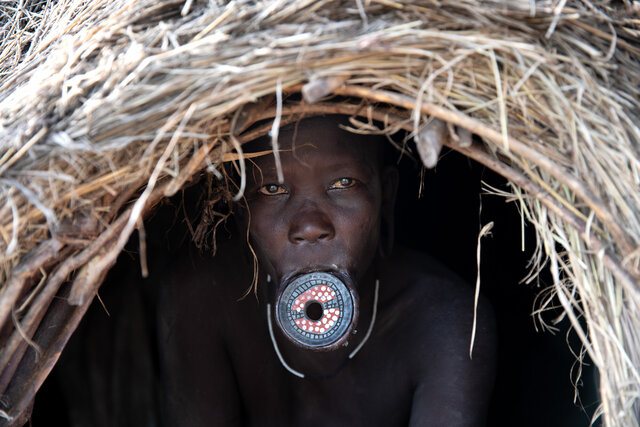
The process begins when girls reach puberty, typically between the ages of 15 and 16. A small wooden stick is inserted beneath the lower lip, gradually replaced with larger sticks and clay discs to stretch the lip.
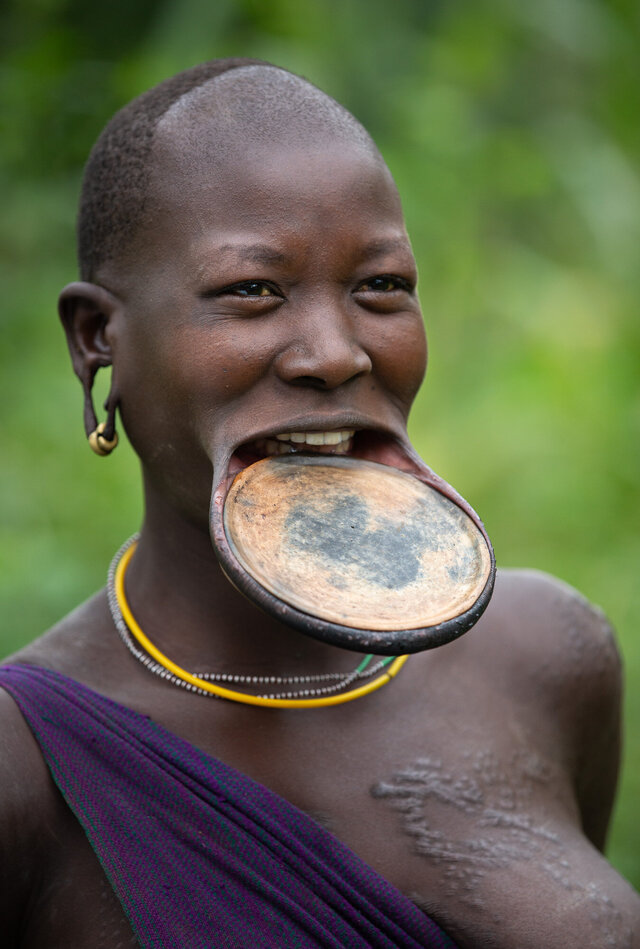
The size of the lip plate is directly tied to the bride price in cattle, highlighting its significance in marriage negotiations. Women take immense pride in their lip plates, viewing them as an essential part of their cultural identity and a reflection of their husbands’ esteem.
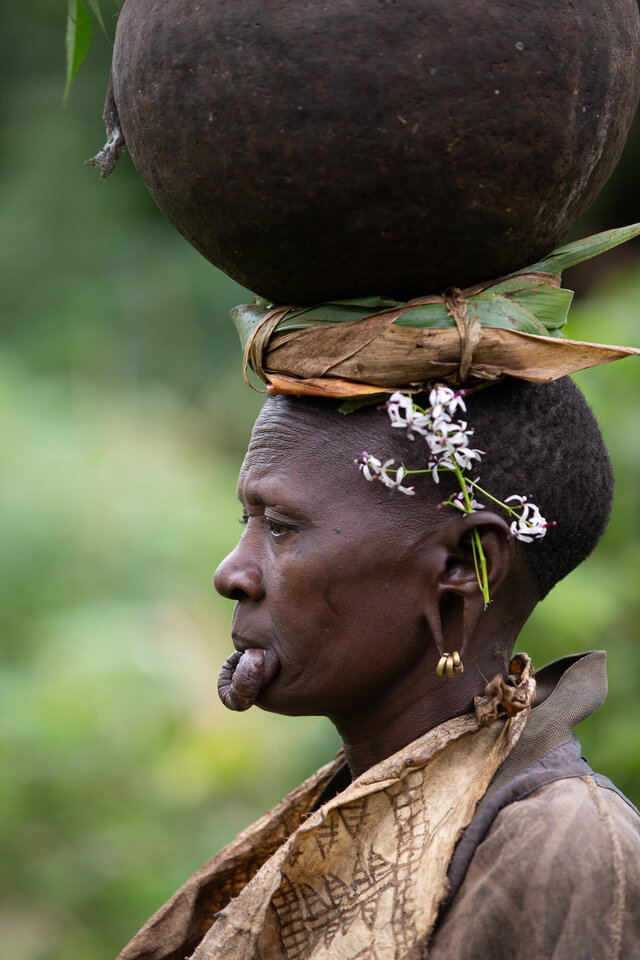
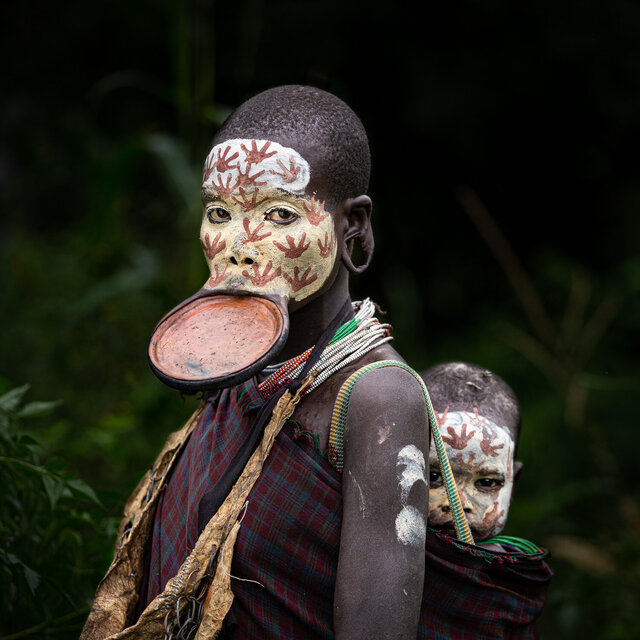
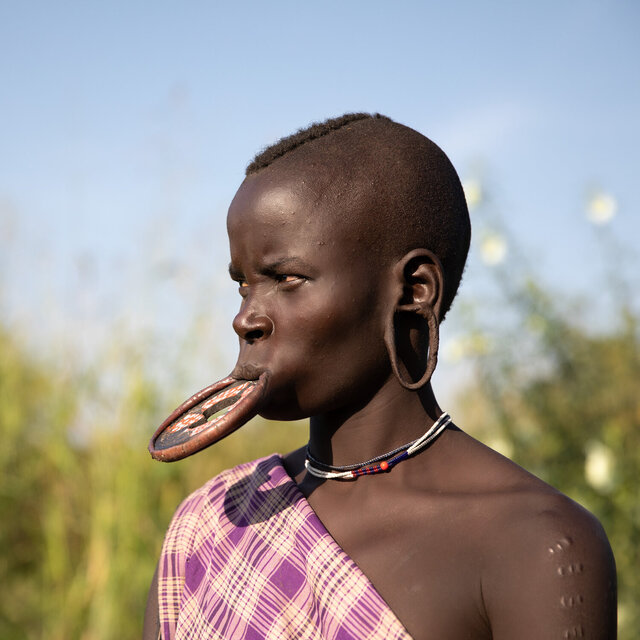
The Role of Men in Tribal Traditions
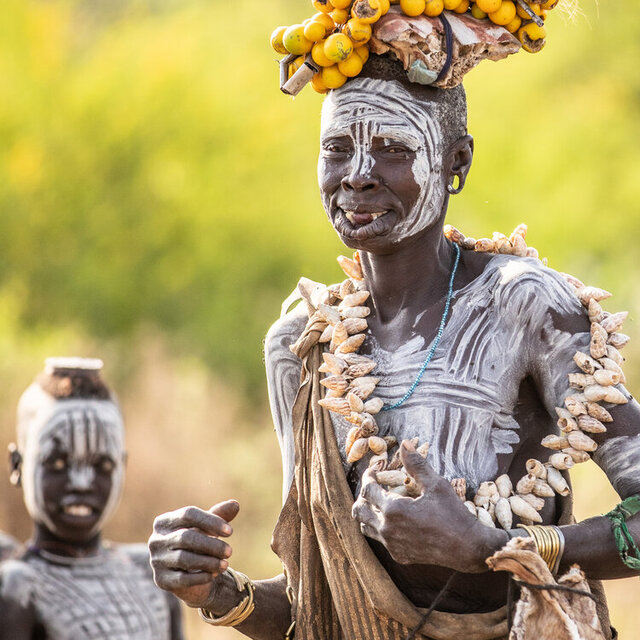
For men in the Suri and Mursi tribes, traditions revolve around bravery and status. Body scarification is a prominent practice, where scars symbolize courage and resilience. Women also engage in scarification, viewing it as a marker of beauty and identity. The scars, created using razors or thorny branches, are rubbed with ash to create raised patterns.
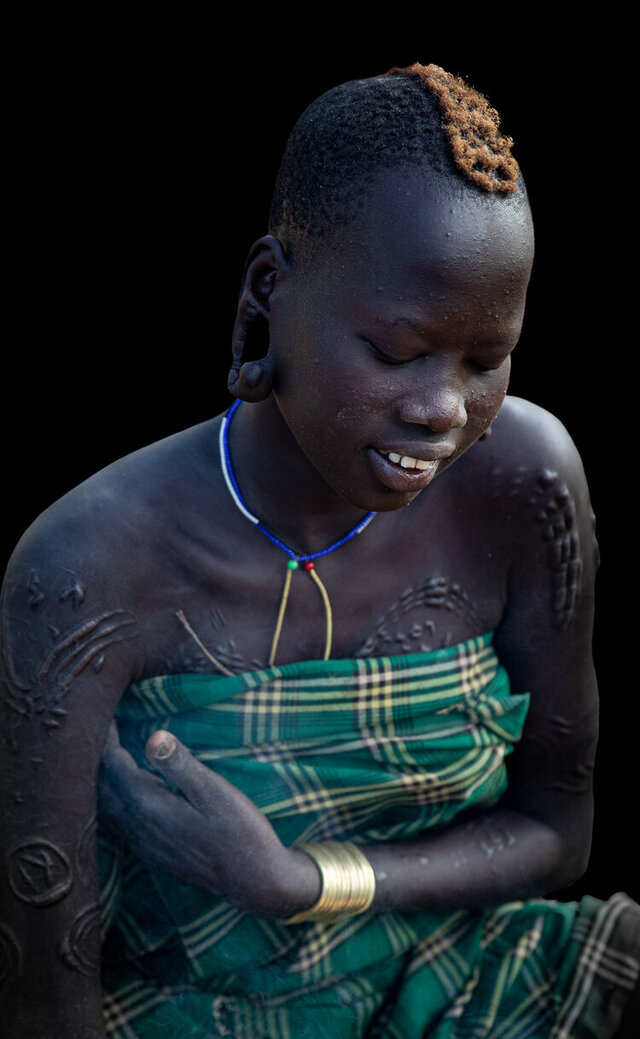
Marriage customs emphasize the role of men in tribal life. A bride price, paid in cattle, underscores the importance of the lip plate. Men respect the women’s choice to wear or forgo lip plates, though the practice is still celebrated as a cornerstone of tribal culture.
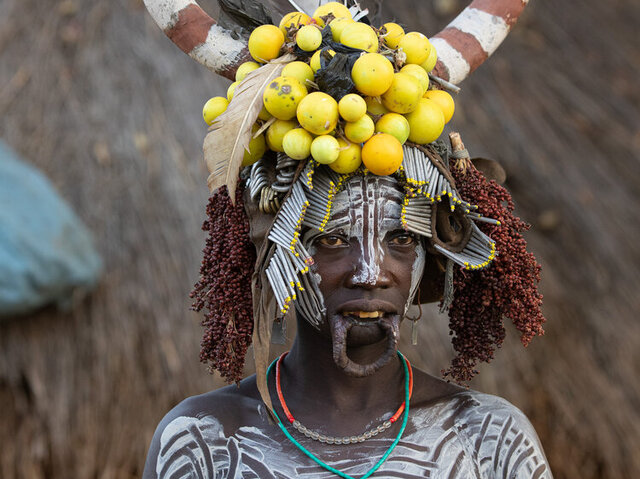
Video
Curious about how Africa’s lip plate tribe eats? Watch the video to learn about their fascinating culinary traditions and how they navigate daily life with this cultural practice!
Myths and Misconceptions about Lip Plates
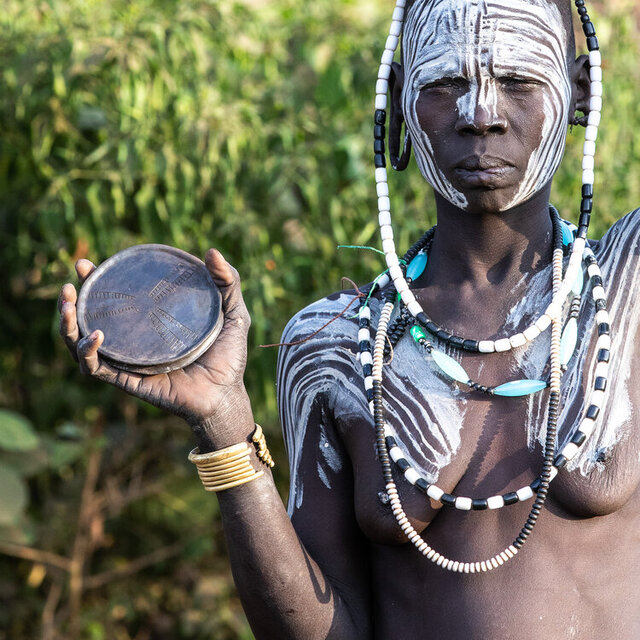
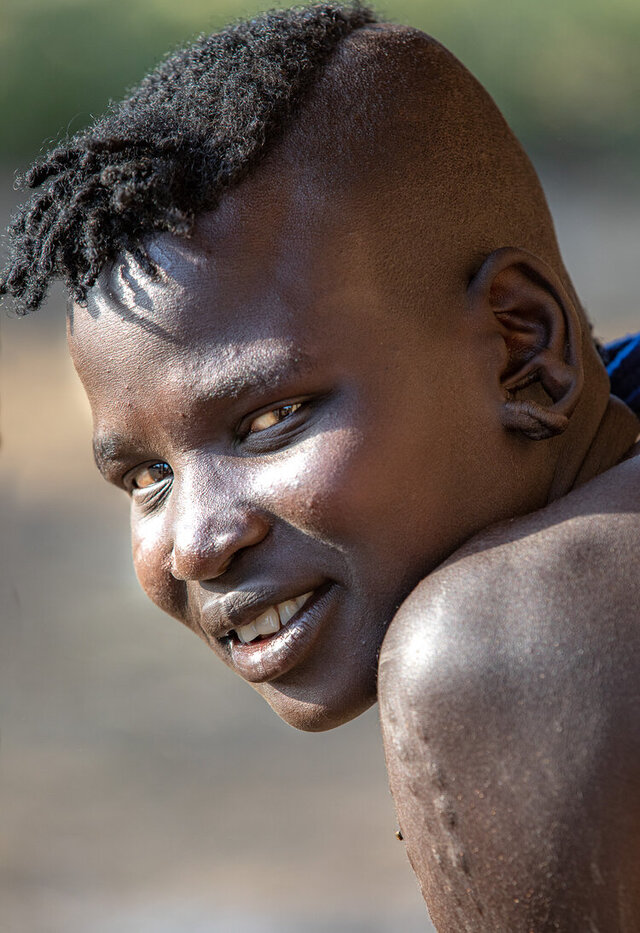
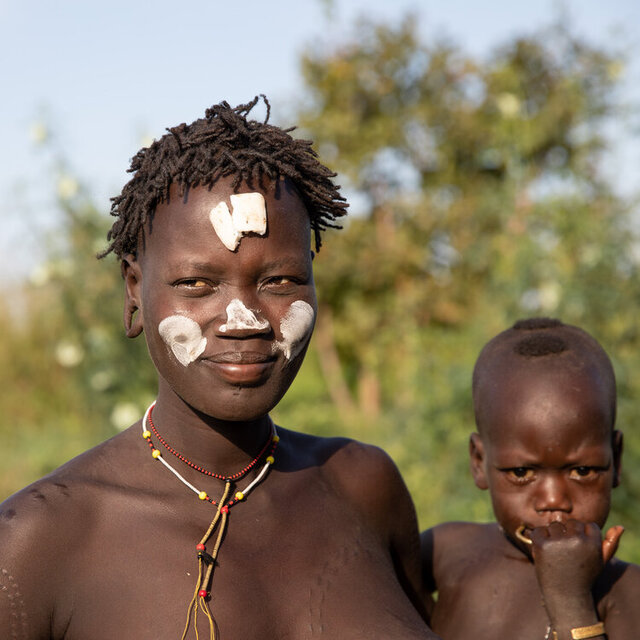
Despite their visual impact, lip plates are not a source of constant pain. Once the desired size is achieved, the stretched lip adapts, and discomfort subsides. Women can remove their lip plates to eat and drink, wearing them primarily for ceremonies or special occasions. However, the stretching process can lead to infections or complications if done too quickly.
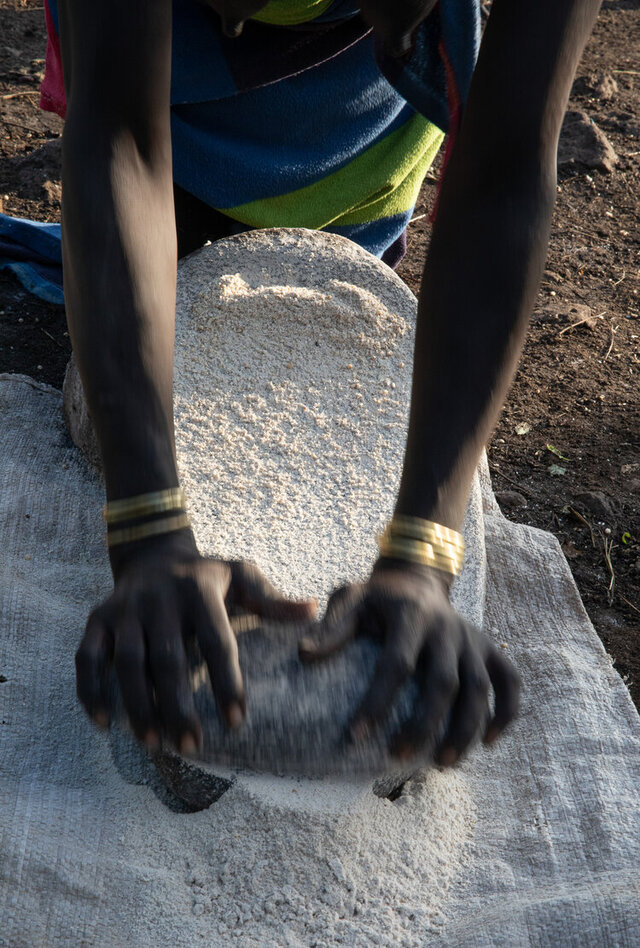
In recent years, many young women have chosen not to continue this tradition, influenced by modern education and changing societal norms. Government campaigns discouraging the practice have also contributed to its decline, raising concerns about health risks associated with infections.
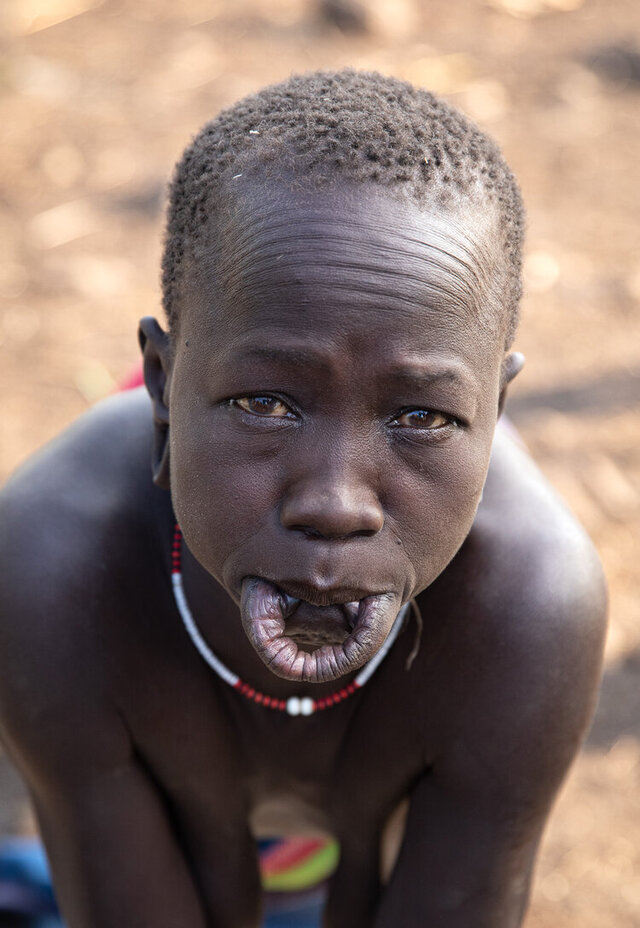
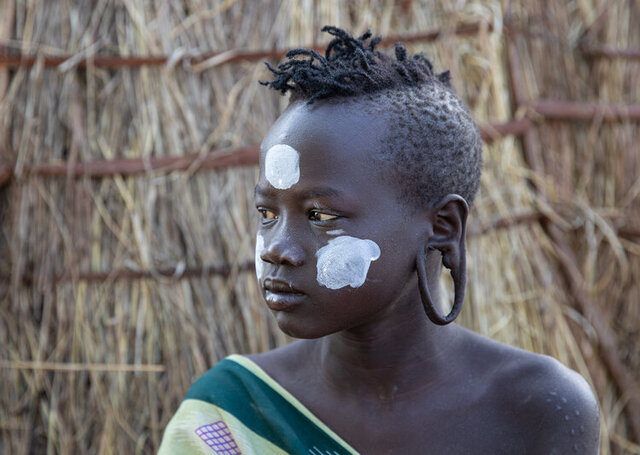
The Role of Tourism
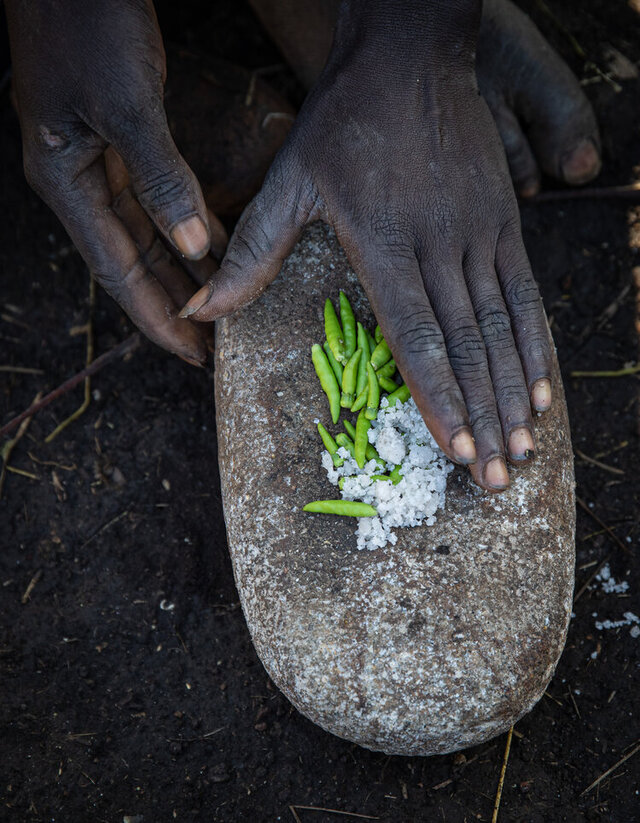
Tourism has brought both opportunities and challenges to the Suri and Mursi tribes. The Mursi, located near Jinka, have embraced tourism as a source of income, often using a “pay-per-click” system for photographs. This accessibility has made the Mursi more familiar to visitors, but it has also sparked debates about cultural commodification.
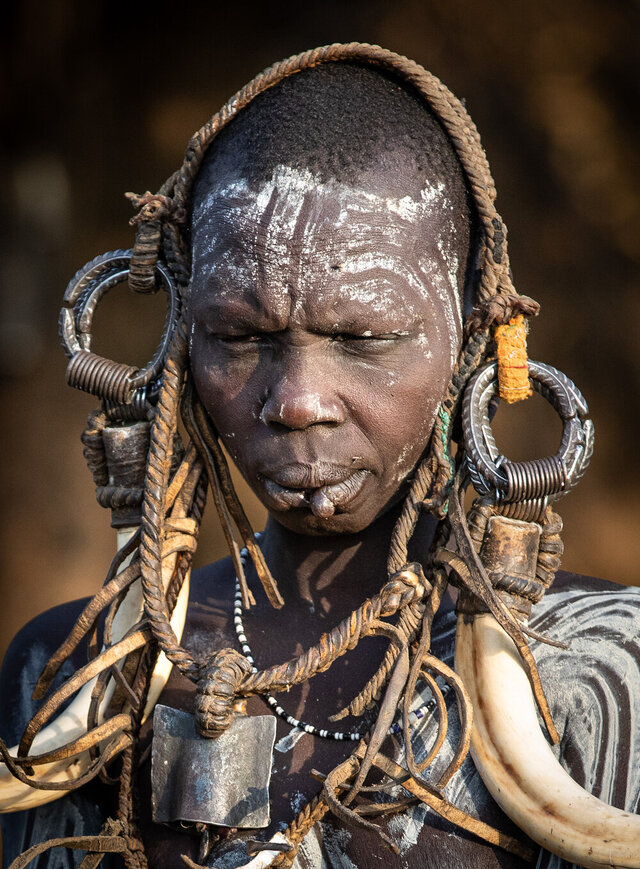
The Suri, in contrast, remain relatively isolated due to their remote location and limited infrastructure. This isolation preserves their traditions but also limits their economic opportunities. For photographers and cultural enthusiasts, the Suri offer a more intimate glimpse into tribal life, free from the commercialization seen in Mursi villages.
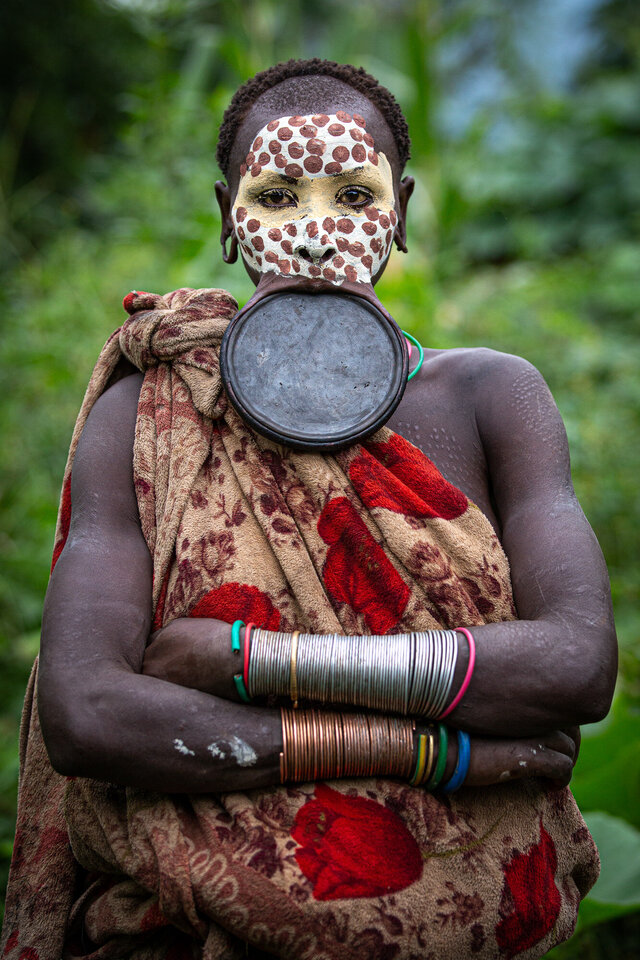
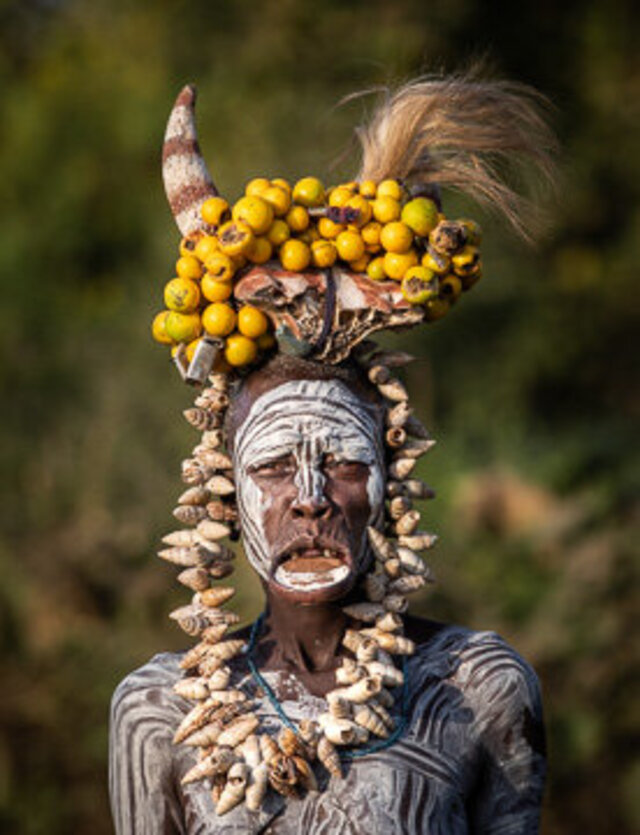
To ensure ethical tourism, visitors are encouraged to respect cultural boundaries and engage in meaningful interactions. Supporting community-led initiatives and prioritizing sustainable tourism practices can help preserve these tribes’ unique heritage.
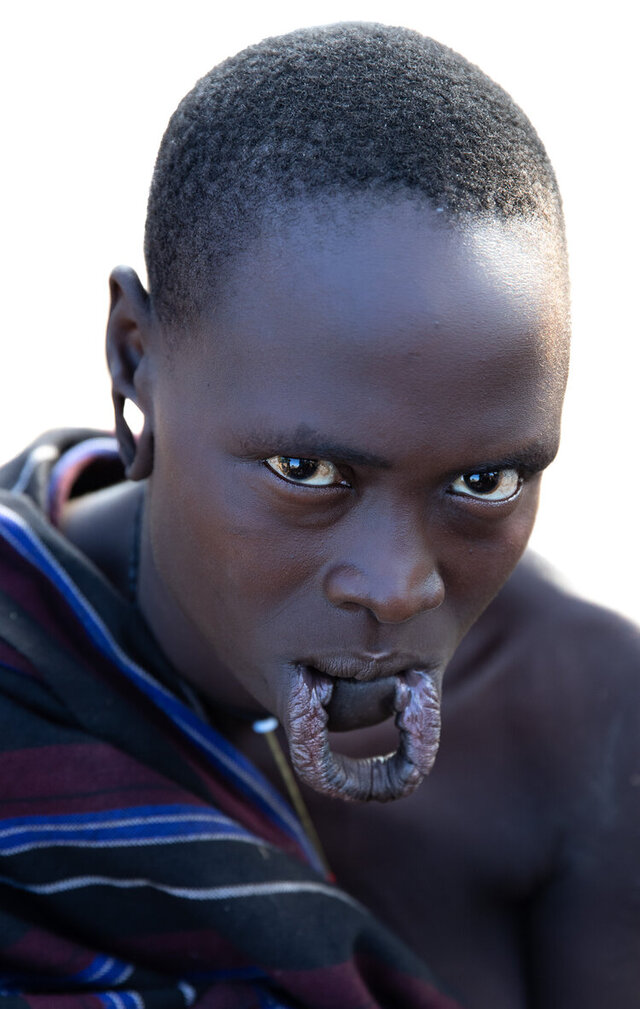
Other Cultural Practices of the Tribes
Beyond lip plates, the Suri and Mursi tribes have other fascinating traditions. Hairstyles are kept short for practical reasons, with razors used to create intricate patterns. This reflects their view that hair is unclean and must be maintained minimally.
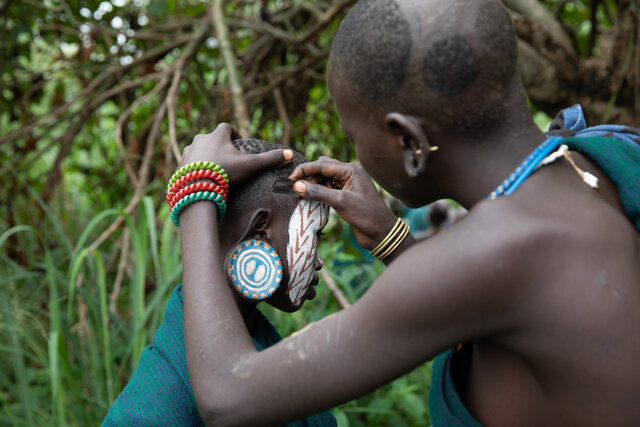
Body scarification, a practice shared by both genders, carries deep cultural meanings. For women, scars enhance beauty and identity, while for men, they symbolize bravery and accomplishments.
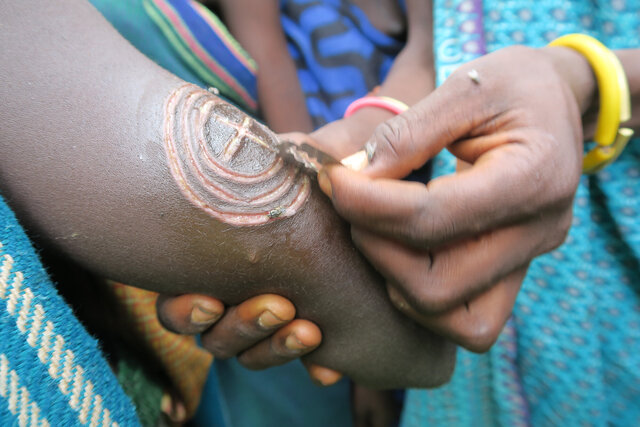
Visiting the Tribes: What to Expect
Visitors to the Omo Valley can experience the vibrant culture of the Suri and Mursi tribes through storytelling, singing, and dancing. Evenings around the campfire often feature moments of laughter and camaraderie, offering a rare glimpse into tribal life.

Tourists are encouraged to approach these interactions with respect and humility. While photography is welcomed, it’s essential to prioritize human connections over capturing the perfect shot. By doing so, visitors can foster mutual understanding and appreciation for these communities.
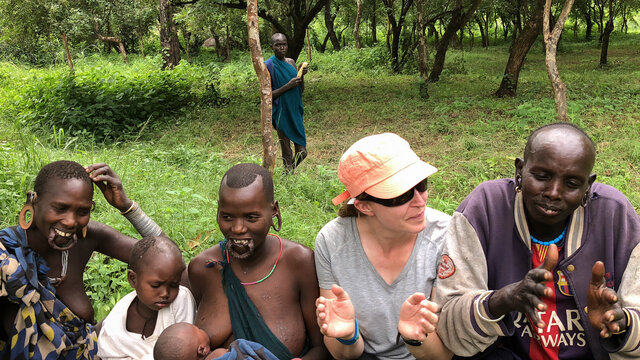
Conclusion
The Suri and Mursi tribes stand as guardians of a rich cultural legacy, with traditions like lip plates, body scarification, and communal storytelling offering a window into their way of life. As modern influences encroach on these practices, it becomes increasingly vital to celebrate and preserve their unique heritage.
While the future of lip plates and other traditions remains uncertain, the resilience of the Suri and Mursi people ensures that their stories and customs will continue to inspire. By engaging with these tribes respectfully and ethically, we can contribute to their cultural preservation while deepening our understanding of Ethiopia’s extraordinary diversity.
